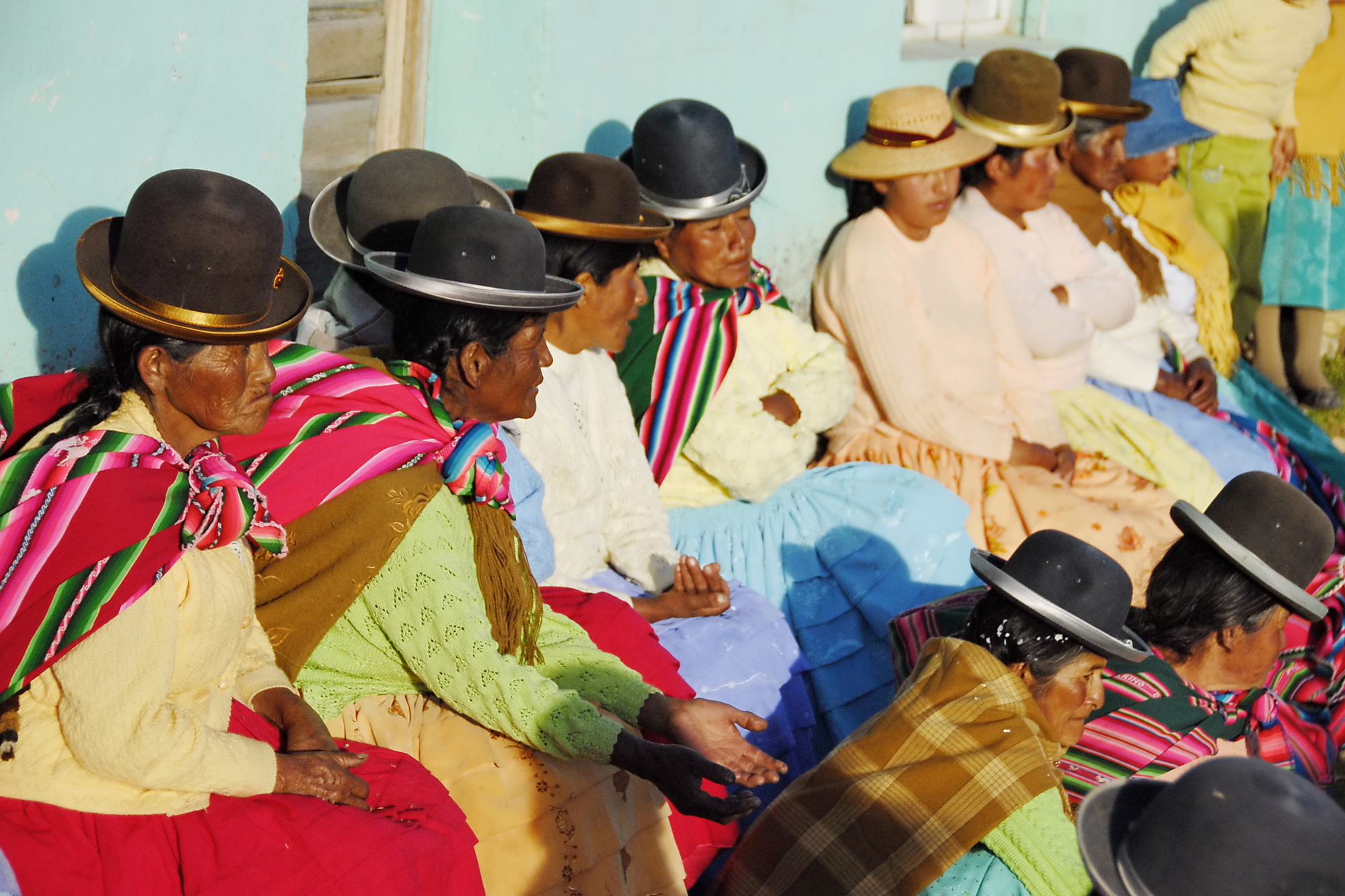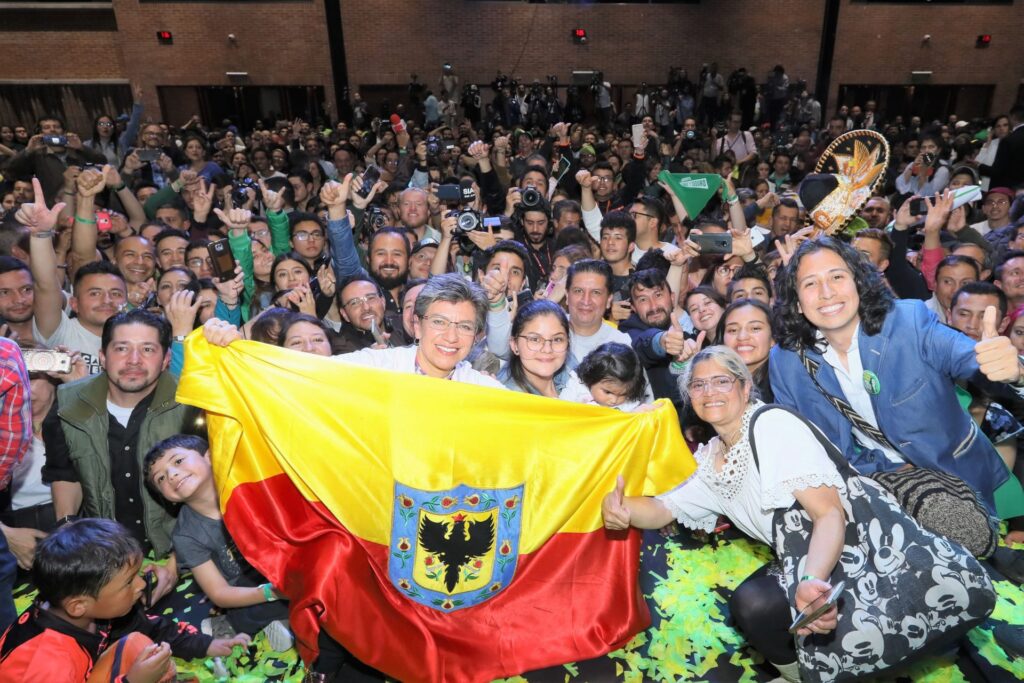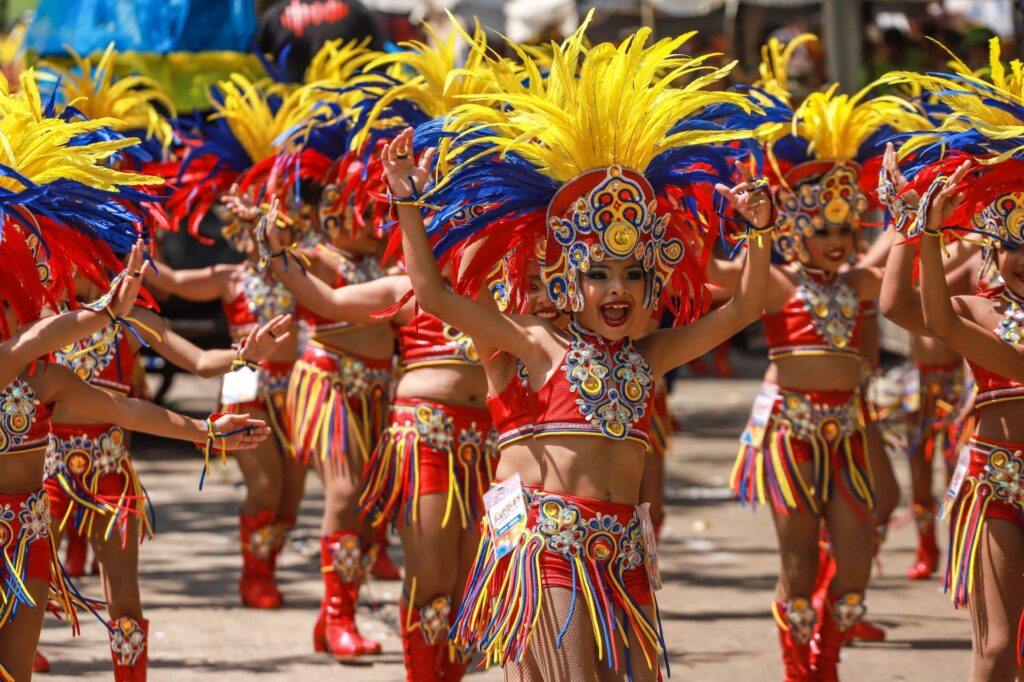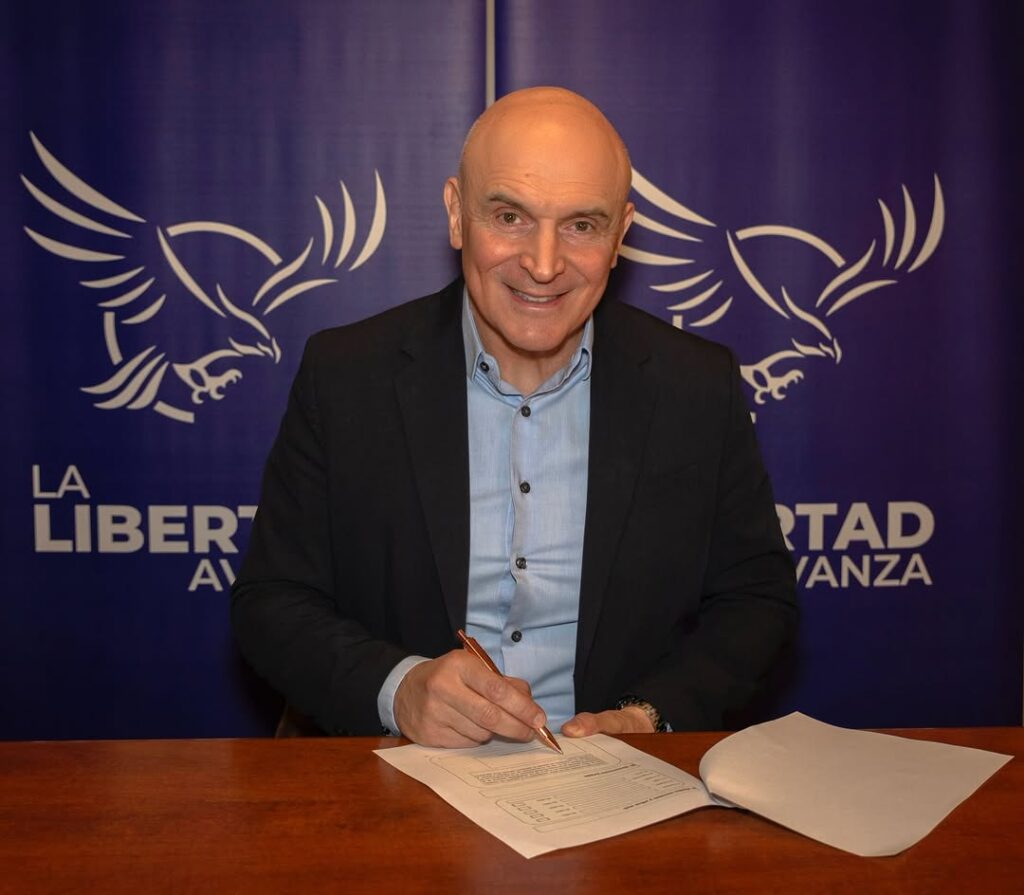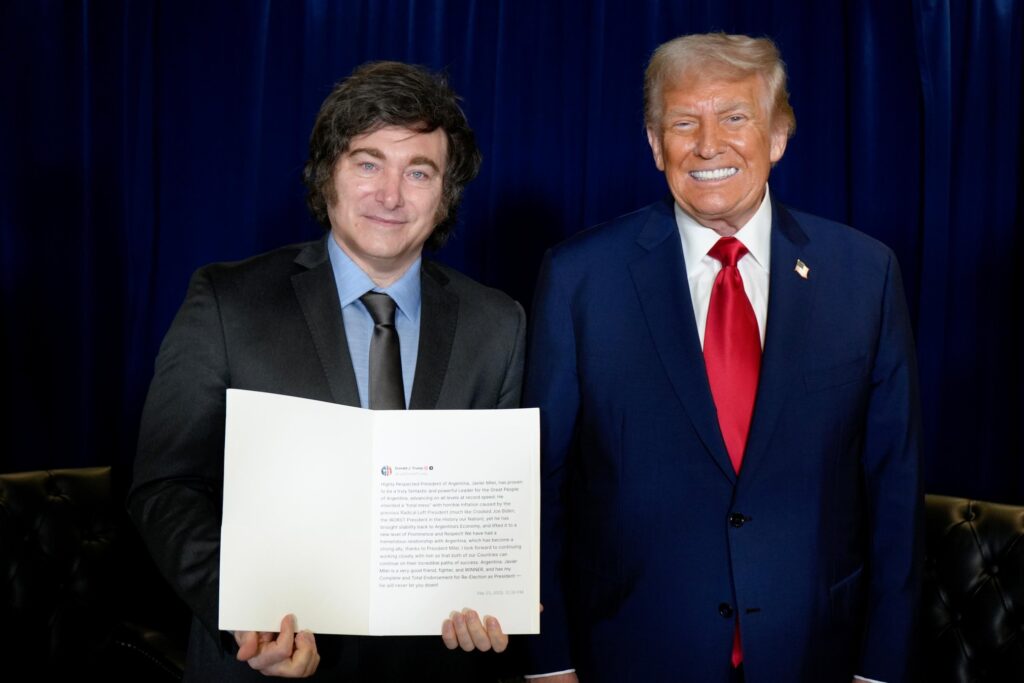South America has a rich linguistic heritage. According to The World Bank’s 2015 study “Indigenous Latin America in the 21st century,” the number of languages spoken in the region is 560, although some studies estimate that before Spanish colonization the continent was home to over 2,000.
This diversity is in part due to the continent’s geography; dense jungles, snow-capped mountains and deserts separate communities making contact difficult with other groups. Large empires like the Incas, the Mayans, and the Aztecs reduced linguistic diversity when they conquered large swathes of land and people, but even today, there are remote monolingual groups nestled in the harder-to-reach corners of South America’s topography.
The United Nations designated 2019 as the Year of Indigenous Languages, and we take a look at the predominant native languages that are still being used on the continent.
Quechua
Quechua is spoken by an estimated six to eight million speakers across the Andean region, making it the most spoken language in South America. Citizens of the Incan empire communicated primarily in Quechua, and its predominance in the region even meant that Spanish colonists accepted it as a tool to communicate with the native population.
In Quechua, a speaker has to add a suffix qualifying the amount of authority they give to each statement. In this way, they can take full responsibility for the truth of a statement, pass it off onto someone else, or show that no responsibility can be taken whether a phrase is true or not.
Although Quechua has millions of speakers, UNESCO still labels it as an endangered language and until recently, the Peruvian government had few language preservation policies in place. In 2016, however, TV Perú introduced a Quechua-language daily news program called Ñuqanchik meaning “All of us,” and in Cusco, the language is starting to be taught in some schools.
Mayan
Six million people speak Mayan across Mexico, Guatemala, Belize, and Honduras, but there are about 30 different dialects. They may be from the same language family, but for the most part, those who speak one dialect of Mayan cannot understand those who speak another.
Three of these dialects have developed the use of tone, where using a higher, lower, or longer tone changes the meaning of a word. As an example, eek means star in Yucatan Maya, but éek (with a higher tone) is translated as dirty.
The different forms of Maya make it almost impossible to protect them all, but Guatemala’s government has recognized 21 of the different dialects, while Mexico’s has recognized eight. Hip hop group B’alam Ajpu uses a mix of Spanish and Mayan languages in their music in addition to running a school that promotes Mayan language and culture among young people.
Guaraní
An anomaly on the list, Guaraní is the only indigenous language in South America that is spoken by non-indigenous people as a native language. Its predominance in Paraguay is related to the death of 70% of the male population in the 1870 Paraguayan war, and President Carlos Antonio Lopez realized he had to bridge the divide between the indigenous and Spanish-descended population to ensure the country’s survival.
Paraguayan linguist and professor David Galearno Oliviera told Latin America Reports that because over 90% of Paraguayans understand Guaraní, it is often used on the sports field to confuse their opponents.
Guaraní is not an at-risk language in Paraguay, where it is an official language and is increasingly used in formal areas such as politics and television. There are even Guaraní versions of Facebook, Wikipedia and Mozilla Firefox.
Aymara
Aymara, which is spoken in Peru and Bolivia by nearly an estimated 2.5 million people, has many similarities to Quechua, but linguistics studies have proved that is likely to be from recent lexical borrowings rather than a shared heritage.
According to a study by cognitive scientist Rafael Núñez, Aymara also has a back-to-front concept of time, where the past lies ahead and the future behind. The word for tomorrow, q”ipüru, can be literally translated to mean “some day behind one’s back.”
Aymara has a strong cohort of contemporary speakers and is one of Bolivia’s 37 official languages, as well as having co-official status in Peru in some regions. Bolivian President Evo Morales’ native language is Aymara, and he often employs the it in speeches, notably at the United Nations in New York this past February. Perú TV has also created a daily Aymara-language news program.
Nahuatl
A Central Mexican language dating back to the Aztec empire in the 15th century, Nahuatl was originally partially written with pictographs, but like many languages on this list, adopted a Latin alphabet after the conquest. The word for poetry is directly translated as “speech with flowers” and the language has a strong literary tradition of myths, poems and stories.
Many Spanish and English words derive from Nahuatl, such a chocolate, chili and guacamole. The Spanish word for avocado – aguacate – stems from Nahuatl’s aguacatl, which means testicle in the indigenous language. Linguists believe this is due to the shape of the fruit.
Nahuatl has around 1.5 million speakers, but this number is in decline. Since 2003, the Mexican state has implemented laws to help indigenous communities maintain their ethnic and linguistic identity, and in the town of Hueypan, the government has sponsored a community-led program that teachers Nahuatl to the local youth.
After these five languages, the number of native speakers of indigenous languages in South America drop off sharply— UNESCO classifies 108 of these languages as endangered. Of the eight most critically endangered languages in the region, seven have fewer than ten remaining speakers.
The Yagan language, for example, from Tierra de Fuego at the southernmost tip of the continent, has just one living speaker left and is emblematic of how more than just semantics and morphology are at stake when indigenous languages go extinct. These languages are an integral part of cultural identity and offer a distinct interpretation of the world around us.
In 1994, the Yagan language received international recognition from the Guinness Book of World Records for having the “most succinct” word: mamihlapinatapai. Mamihlapinatapai is translated as “looking at each other hoping that either will offer to do something which both parties desire but are unwilling to do.”


